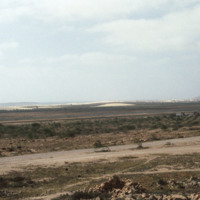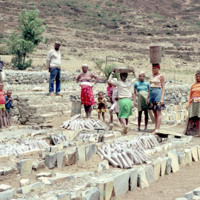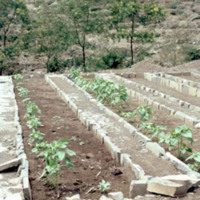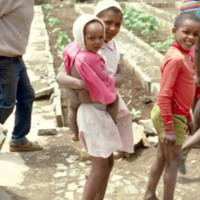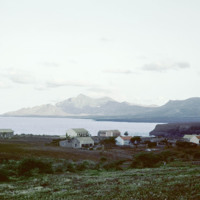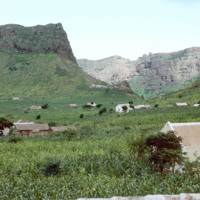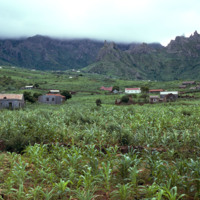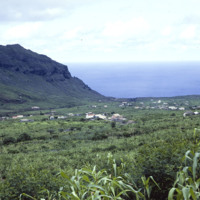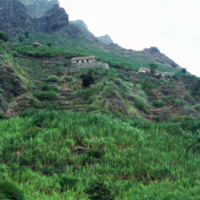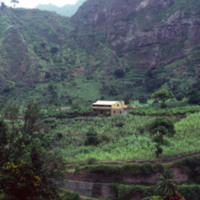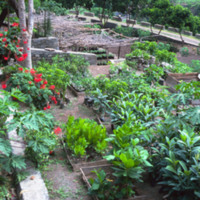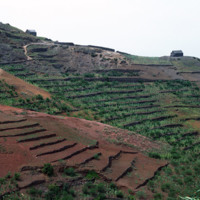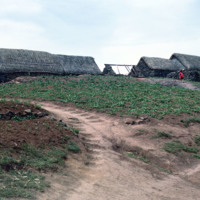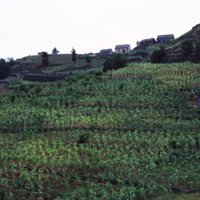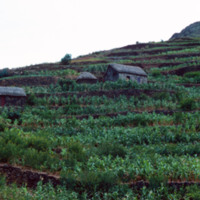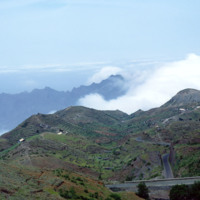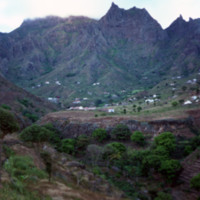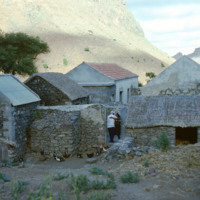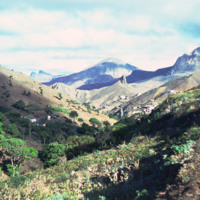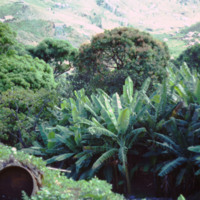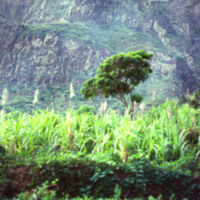Browse Items (21 total)
- Tags: agriculture
Agricultural System
Tags: agriculture, crops, Paùl, São Antão
Rows of Crops
Tags: agriculture, crops, Paùl, São Antão
Tarrafal Bay and Dwellings
Tags: agriculture, bay, coastline, fishing, harbor, landscape, São Nicolau, Tarrafal, Tarrafal Municipality, village
São Nicolau Highlands
São Nicolau Highlands
São Nicolau Highlands
Cliffside living
Agricultural homestead along the Ribeira do Paùl
Terraced garden along the Ribeira do Paùl
Tags: agriculture, farming, garden, Ribeira do Paúl, Santo Antão, terraced garden, valley, village
Journey to Ribeira Grande
Mountain Village
Tags: agriculture, children, Hill Farming, Ribeira Grande, Santo Antão
Mountain Farm Village
Tags: agriculture, Hill Farming, landscape, Ribeira Grande, rural, Santo Antão, sugar cane
Mountainside Farming
Mountain Agriculture
Tags: agriculture, Hill Farming, mountain, Mountain villlage, peak, Ribeira Grande, roads, rural, Santo Antão
Hinterland Landscape
Tags: agriculture, hinterland, landscape, São Nicolau, valley
Farm on São Nicolau
Tags: agriculture, Bill Andrade, farm, landscape, São Nicolau
High Valley Area of São Nicolau
Tags: agriculture, landscape, São Nicolau
Fertile Hinterland of São Nicolau
Tags: agriculture, hinterland, São Nicolau, village
São Nicolau Interior Valley
Tags: agriculture, hinterland, São Nicolau
